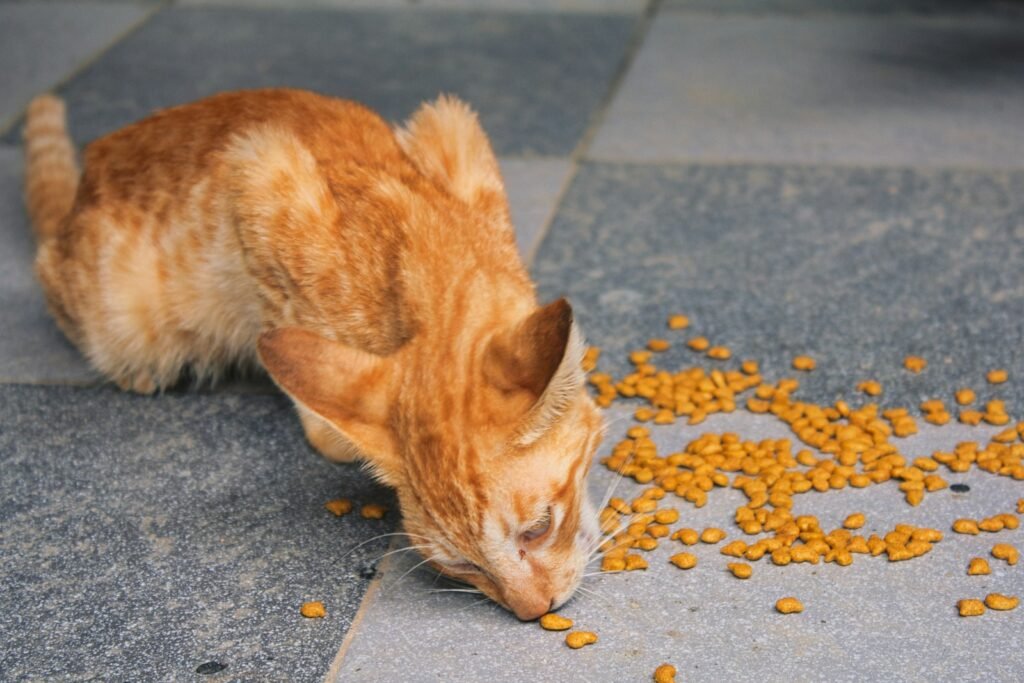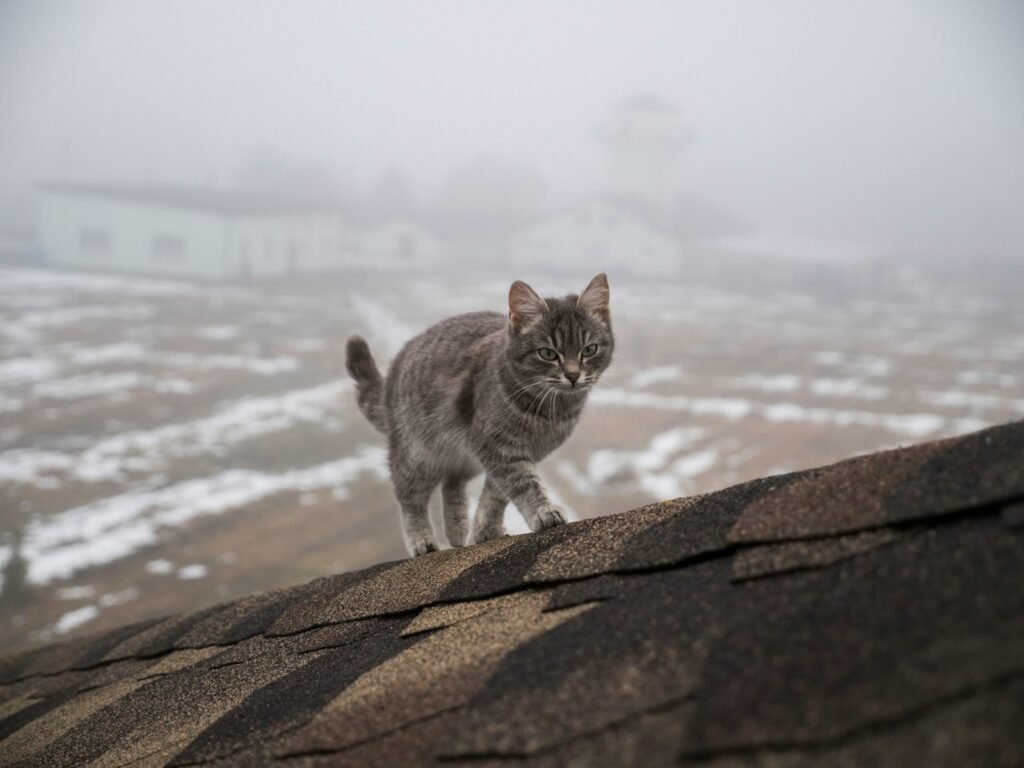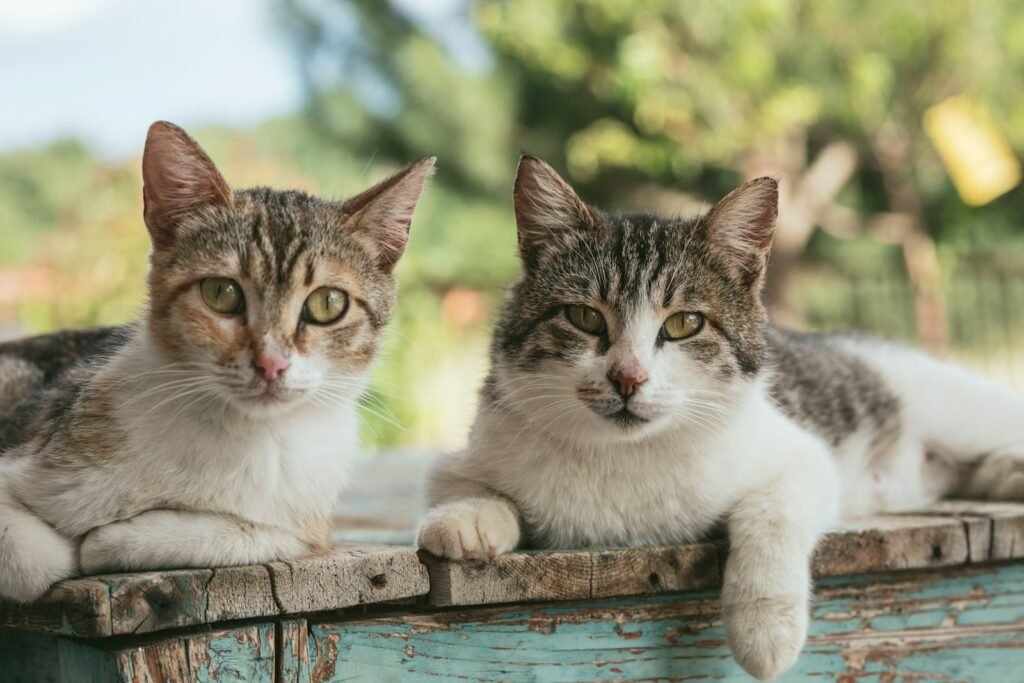Cats are renowned for their adaptability, a trait that has enabled them to thrive in a wide variety of environments and circumstances. From feral cats surviving in urban jungles to domestic cats adjusting to new homes, these animals have developed remarkable strategies for coping with change. This article delves into the science behind how cats adapt to their environments, offering insights into their behavior, physiology, and survival mechanisms.
Evolutionary Background of Feline Adaptability

The adaptability of cats can be traced back to their evolutionary origins. Felids, the family to which cats belong, evolved as solitary predators, necessitating a high degree of adaptability for survival. They learned to be flexible in their hunting strategies, diet, and habitat preferences, traits that are still evident in modern domestic and wild cats.
Sensing the Environment: The Role of Acute Senses

Cats possess highly developed senses that allow them to detect changes in their surroundings swiftly. Their keen eyesight, particularly in low-light conditions, exceptional hearing, and powerful sense of smell enable them to perceive their environment acutely, aiding in swift adaptation to new stimuli or dangers.
Social Structure and Behavioral Flexibility

While typically solitary hunters, cats exhibit a degree of social flexibility that aids in environmental adaptation. They can form loose colonies in resource-rich areas, displaying a unique behavioral adaptability. This flexibility allows them to coexist with other cats and humans, facilitating survival and comfort in diverse settings.
Physiological Adaptations to Climate

Cats have a remarkable ability to adapt to various climates. In colder environments, they develop thicker fur coats, while in hotter climates, they may minimize activity during peak heat. These physiological adjustments help them maintain optimal body temperatures and conserve energy.
Dietary Flexibility and Nutritional Needs

Cats are obligate carnivores, but their adaptability extends to their diet as well. They can adjust their hunting and eating habits according to the availability of prey, sometimes supplementing their diet with available plant material or scavenging if necessary, showcasing their versatility in diverse ecological niches.
Adaptation to Urban Environments

Urban environments present cats with unique challenges, such as traffic, limited natural prey, and human interactions. Urban cats often exhibit altered sleep patterns and increased boldness, enabling them to exploit these environments successfully. These adaptations highlight their ability to thrive in man-made habitats.
Stress and Coping Mechanisms

Cats experiencing environmental changes often encounter stress, which can manifest in behavioral shifts like increased aggression or withdrawal. However, they employ various coping mechanisms such as scent marking or creating safe spaces, allowing them to gradually adapt and restore their sense of security.
The Impact of Human Interaction

Domesticated cats have become adept at interacting with humans, a significant environmental factor. They learn human-associated cues, adapt to household routines, and can adjust their behavior to communicate effectively, illustrating their ability to modify their behavior to fit human lifestyles.
Adapting to a New Home or Environment

When relocated, cats may initially show signs of stress but generally adapt over time. Their adjustment period can be supported by familiar objects, gradual introductions, and stable routines, which help these creatures acclimatize to new environments without enduring excessive stress.
Conclusion

The adaptability of cats is a testament to their evolutionary success, allowing them to inhabit a wide array of environments globally. Whether through physiological, behavioral, or social adaptations, cats continually demonstrate remarkable resilience. Understanding these processes not only deepens our appreciation for these animals but also enhances their care and management in both domestic and wild settings.

Suhail Ahmed is a passionate digital professional and nature enthusiast with over 8 years of experience in content strategy, SEO, web development, and digital operations. Alongside his freelance journey, Suhail actively contributes to nature and wildlife platforms like Feline Fam, where he channels his curiosity for the Feline into engaging, educational storytelling.
With a strong background in managing digital ecosystems — from ecommerce stores and WordPress websites to social media and automation — Suhail merges technical precision with creative insight. His content reflects a rare balance: SEO-friendly yet deeply human, data-informed yet emotionally resonant.
Driven by a love for discovery and storytelling, Suhail believes in using digital platforms to amplify causes that matter — especially those protecting Earth’s biodiversity and inspiring sustainable living. Whether he’s managing online projects or crafting wildlife content, his goal remains the same: to inform, inspire, and leave a positive digital footprint.






